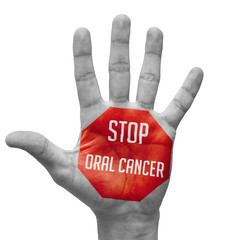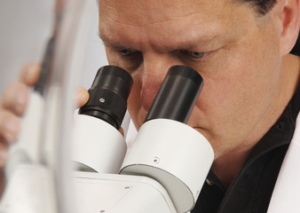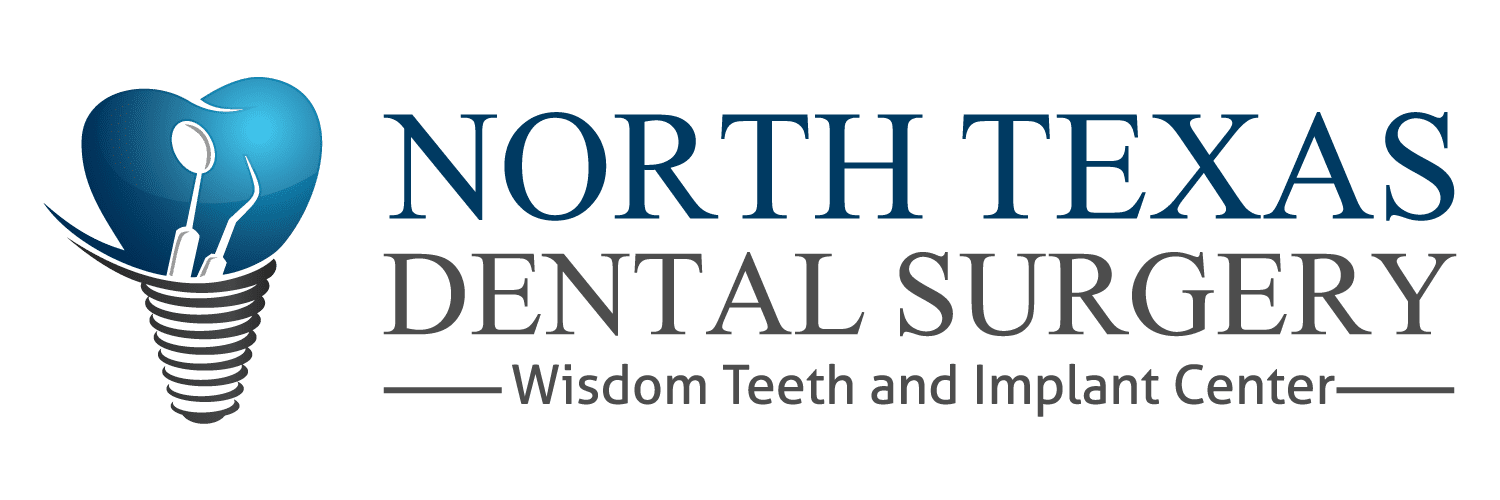In an oral biopsy procedure, your doctor removes a section of suspicious tissue, such as a lesion, usually from the lining of the mouth (called the mucosa) or gums. The abnormality may occur in any soft tissue or bone, though. This procedure typically takes place under a local anesthetic and your doctor will send the sample to an oral pathologist for testing.

If you have a lesion or abnormality such as a lump, your doctor first tries to diagnose its cause based on your medical history and clinical findings. This includes a thorough oral examination. Typically, a biopsy is not requested until or unless a lesion persists for two weeks after receiving treatment. If this happens, your dentist or periodontist orders a biopsy.
Pathology
Oral pathology occurs when diagnosis is complicated or unclear. It concerns diseases and disorders of the mouth that do not point to a common dental issue. Oral pathologists examine biopsy cells to determine the cause behind lesions and other abnormalities.
Typically, pathologists need 10 days to process an oral biopsy. Once complete, the results will be sent to your doctor, who discusses them with the pathologist before communicating with you. The pathologist’s report serves two purposes. First, of course, is diagnosing the patient’s issue. Second, that diagnosis allows the periodontist to develop a treatment plan. If the biopsy included only a portion of the abnormality, your doctor must remove the remaining tissue.

The Biopsy
Your periodontist sterilizes the tissue before applying a local anesthetic. This allows your doctor to move around inside your mouth without causing you pain. There are two different types of biopsies, depending on the type of tissue being collected as well as its location.
An excisional or incisional open biopsy involves a small incision in the skin to remove the legion or biopsy tissue. You may experience discomfort but should not feel any pain, thanks to the anesthetic. Then your periodontist will close the incision with stitches.
In a percutaneous fine needle biopsy, your doctor extracts the tissue sample with a needle inserted into the affected area. A percutaneous core needle biopsy uses a small circular blade, called a core needle. Your doctor presses it onto the area and then pulls, extracting a circular plug of cells. The device’s spring-loaded needle makes a clicking sound as it withdraws the sample.
Recovery
If you had a local anesthetic, the numbness lasts for a few hours after the procedure. Depending on the type of biopsy, you may experience mild discomfort for a few days afterward. Over-the-counter medications manage this pain. Follow your doctor’s post-procedure advice regarding brushing and oral hygiene.Adhere to a soft diet for the first few days, and rinse your mouth twice a day with a cup of lukewarm water and a teaspoon of salt. Additionally, follow a soft food diet to ensure proper healing.


